I Can’t Draw! Does This Mean I Can’t Paint?
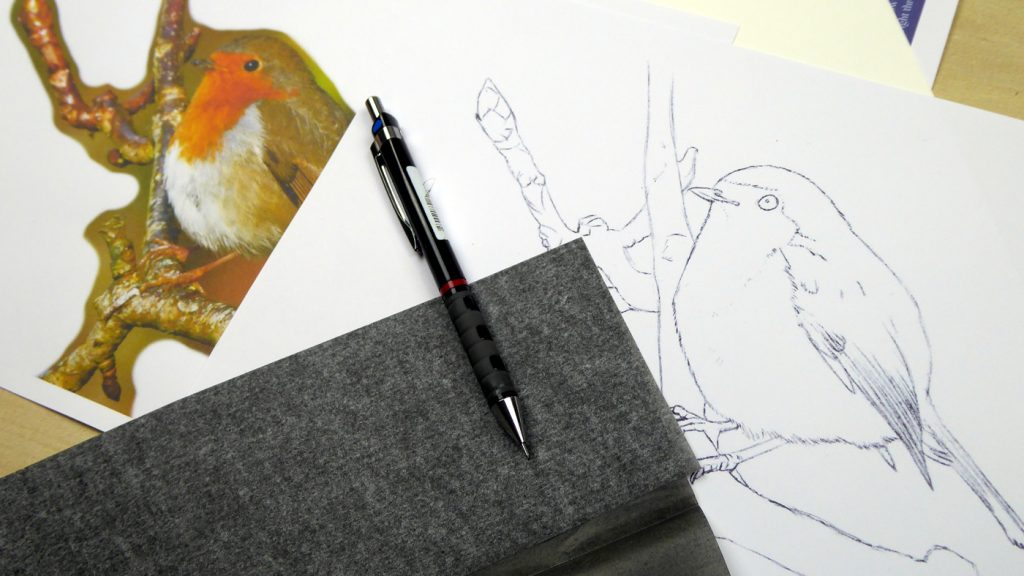
How do you paint in watercolour if you can’t draw? This can be a real hang up for people who think, if they can’t draw, they can’t paint. It is almost like you can’t be an artist, and you are not allowed to paint if you don’t draw the image yourself. So, is it OK to use tips and techniques to get the image down, or do we have to draw it out freehand? Here are a few of my personal thoughts.
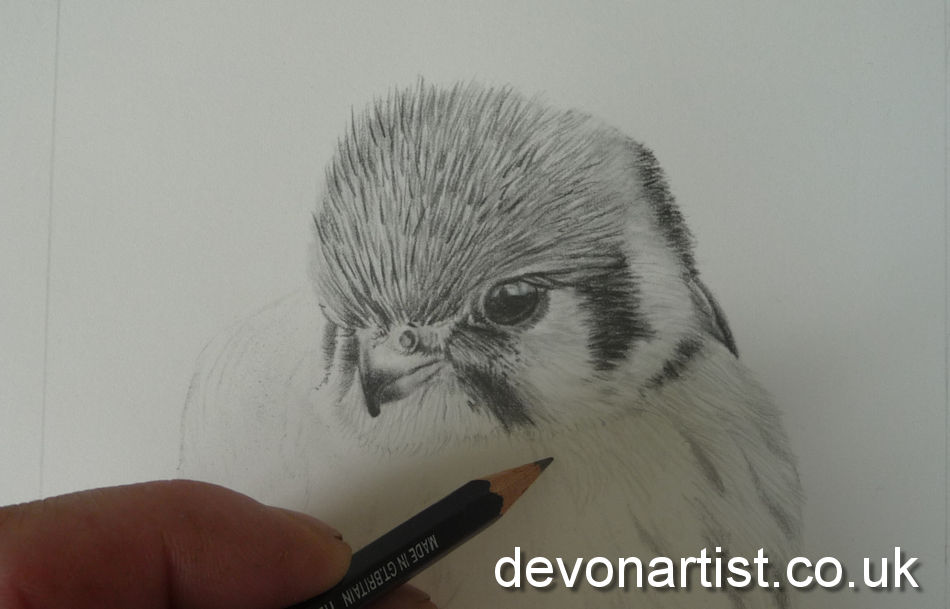
PRACTISE YOUR DRAWING SKILLS
One thing I do feel is important is to practise your drawing skills, this is a good way to hone your eye. You start to see the details, shapes, angles and size relations within a picture you are creating. The more you practise, the more you will improve. As with painting, it takes time to ‘get your eye in’. However, focusing on just the outline and any significant lines is a good way to really ‘look’ at a subject. Be that an animal, bird, your favourite pet, a tiny insect, a bowl of fruit or a building!
When you look back at art history, there have been a range of methods used to get a composition onto paper. Some are still popular today, I can remember being taught to use the grid system to upscale an image. Indeed, this is still a skill I teach. Other methods have included dividers, to get the measurements correct, and camera obscuras. In more modern times, we can use light boxes and projectors. Indeed, projectors are favoured by artists who are working on extremely large projects.

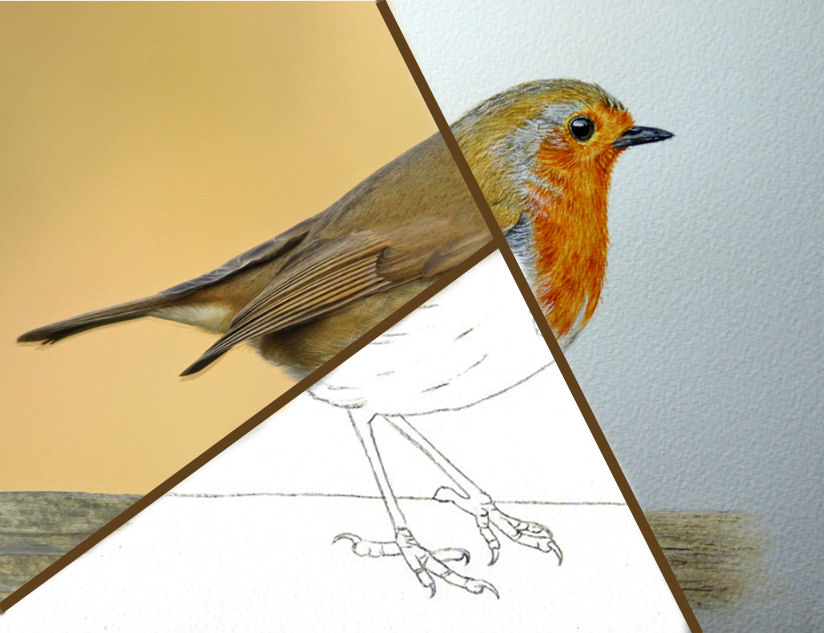
It is important to remember that freehand drawing is actually another skill altogether. Some artists simply draw and this is all they do. People who really enjoy the painting process may not be confident in drawing and may not be interested in learning. Indeed, many professional artists, simply do not have the time to freehand draw! For nearly all of my paintings, I will use tracedown/ graphite backed paper to get the outline onto my watercolour paper. It is extremely quick and is always accurate. My subject are in proportion with eyes, ears and nose all in the right places! I can then get straight to the painting process!

So is tracing cheating?
I personally don’t think so, I see it as a way of getting to the painting process much quicker and making the best use of my time. I see graphite paper as another tool; one that can be used to give everyone the confidence to have a go at painting, whether they can draw or not. Everyone can then start with an accurate outline drawing, and to be honest this is probably one of the most critical stages with a realistic painting.
There are many people who want to learn to paint, they don’t want to learn to draw! They want to learn how to hold a brush, mix and apply paint, work with colours, washes and detail. Tracing an outline can also remove the need to erase drawing errors. Watercolour paper can be easily damaged, and those errors will show as soon as you start to add washes – no one wants that. In my opinion, tools are there to be used, and graphite paper is simply a fantastic tool. It opens the doors, so we can all draw and paint in watercolour if we want!
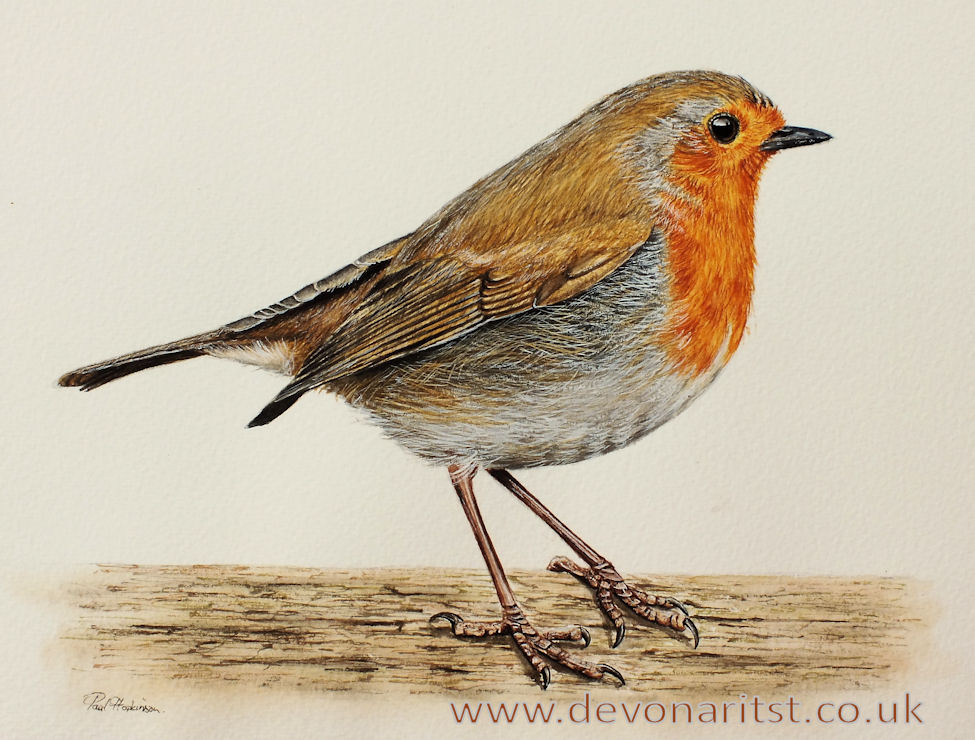
At the end of the day, the decision is up to you; we all have control of our own painting journey, and we do what feels right and works for us. Why not have a go at both, draw your image freehand and also trace it. Paint one or both of your outline drawings and see which method you found the most enjoyable and rewarding?
Now you know my thoughts, what are your feelings about this subject – post a comment below, I would love to know whether you think you can paint in watercolour if you can’t draw.
Keep those brushes wet,
Paul
Just a little after thought….
Should you have only just found me and have stumbled upon this page, both these robins are available as PDF downloads within my online shop. The one immediately above is also available as a FREE real time video tutorial within our Freebie Club. Have fun.
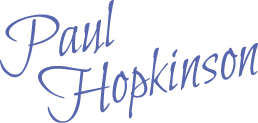




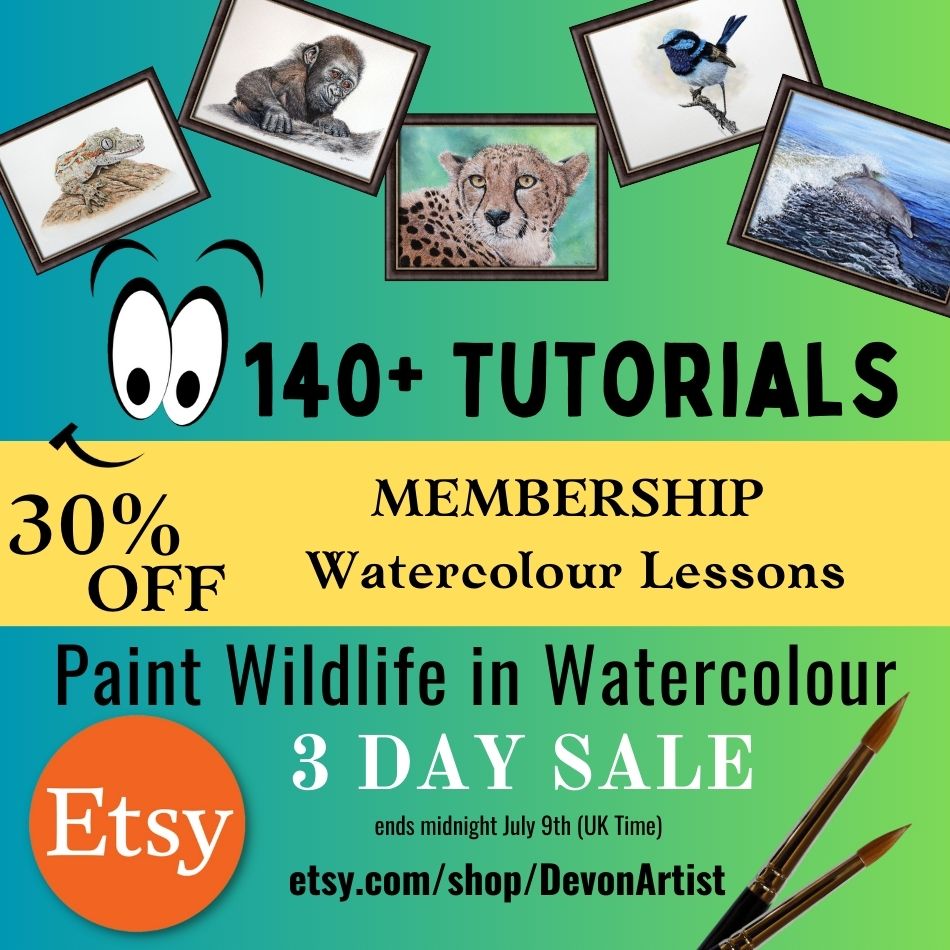
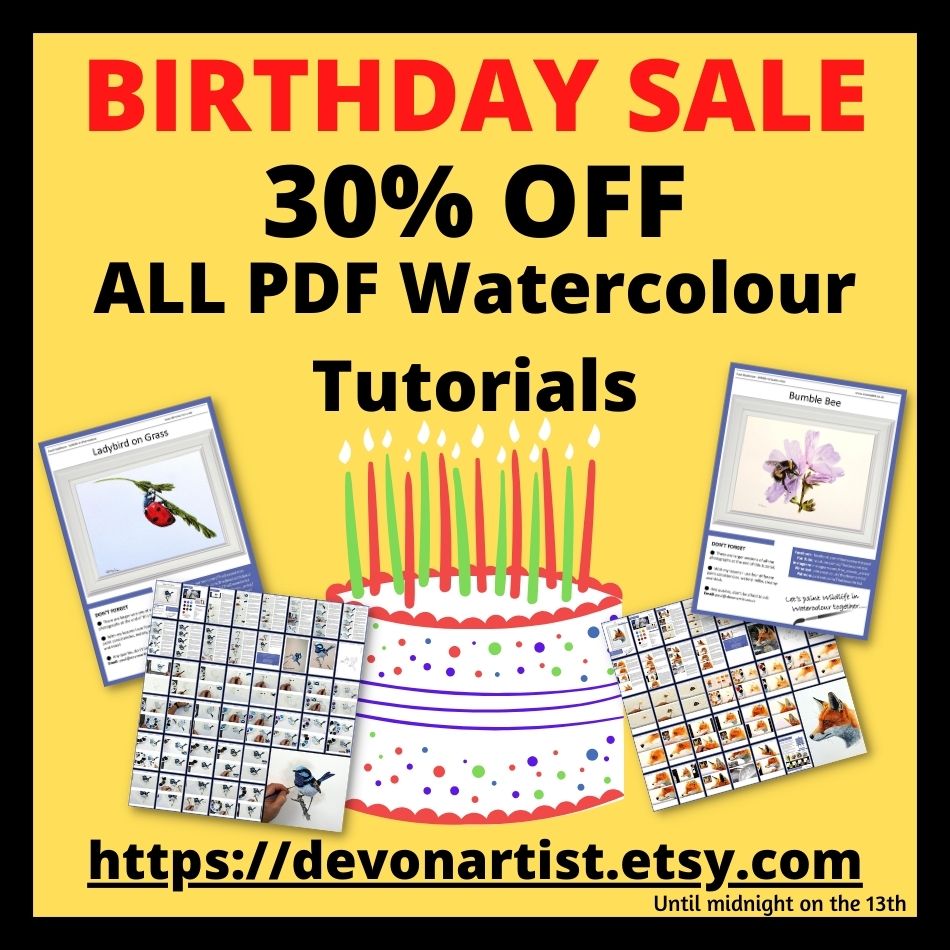
10 responses
I would love the 1st one on live video
A lovely idea Sandra. I’ve no plans for doing this one as a video tutorial at the moment, but never say never, you have put the thought in my head now. LOL Paul
I prefer to trace a subject using graphite paper. I have tried both but hate the eraser marks when I do the drawing free hand. Most of the subjects I paint lately, are requests from family and friends who want the painting as a ‘memory’ so it is important to get the details right. If the details are off, you miss capturing the essence of the subject (in my opinion). I only use pictures that do not have copy rights. I use pixaby and other sites. I am getting better taking photos of my own to use
Thank you Dawn, my thoughts exactly. I personally believe there is not right or wrong way to draw or paint, use whatever suits you that’s the most important thing.
I have always traced your animals and birds etc. If complicated I use the graphite paper, but for the less detailed subjects I use tracing paper. Just not confident enough to draw freehand, and as for upsizing I would never get my head round that
Hi Patricia, thank you so much for leaving a comment. Use whatever method suits you, there’s certainly no wrong or right way to do this. Paul
I love drawing and draw often, but not for my paintings. When I paint I want the right perspectives and that can sometimes be very difficult when drawing freehand. I’m happy to trace a line drawing for my projects
Thank you Irene, it’s also nice to get straight to the painting process as well. But as we know, we should always practice drawing freehand, to hone that hand-eye coordination. Paul
I was taught back in 1964 in my first portrait art class how to use a projector.
We drew eyes, hands eyebrows etc to understand the construction process. It’s no different than having a compass to get a perfect circle! Ask any engineer, architect, or home builder if they could be precise in their field without precision drawings.
I personally love the Lucida App.
Thank you Debra, I’ve not tried that app so I will do a little search for it later. Thank you for your lovely comment, very encouraging for all to read. Paul 🙂